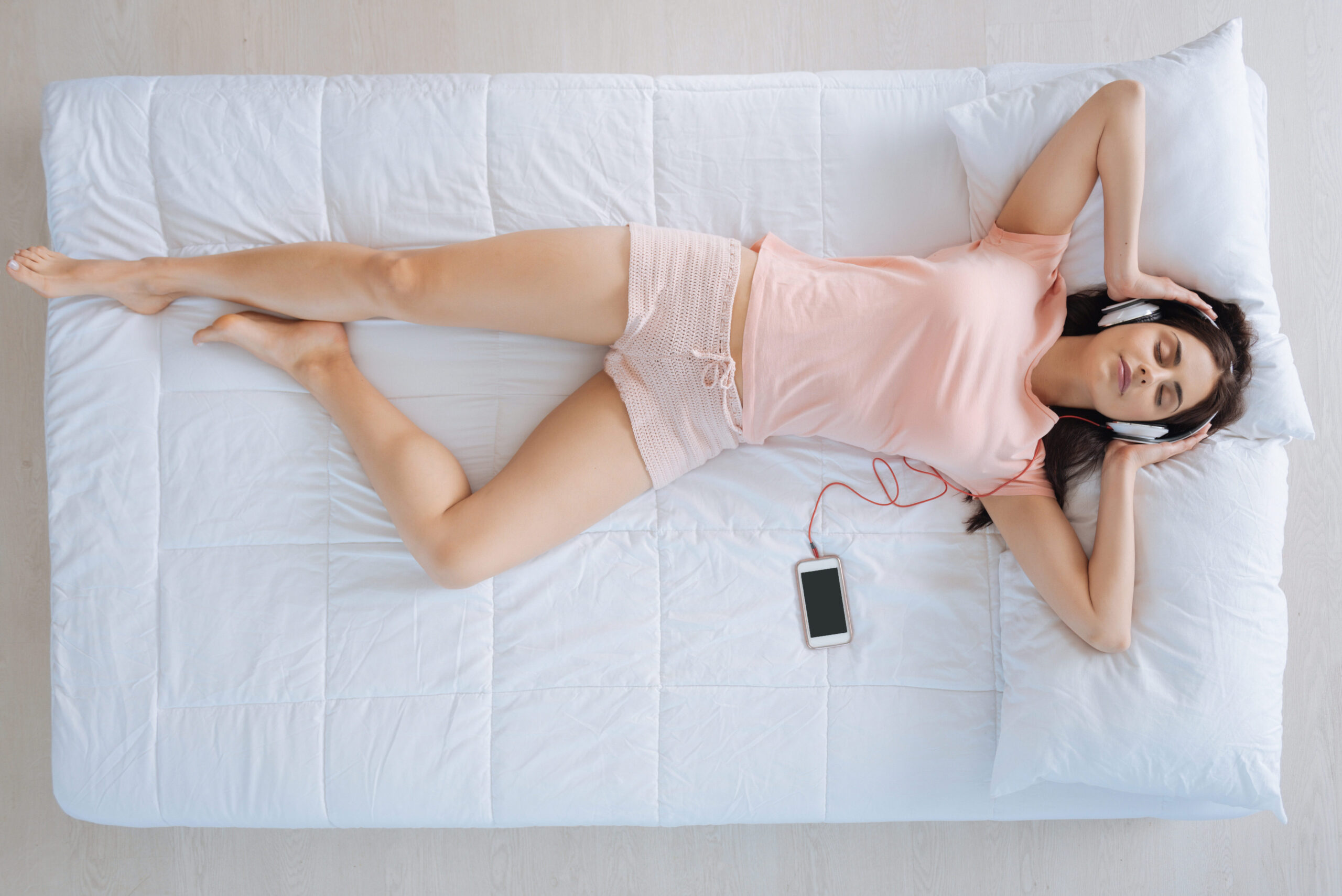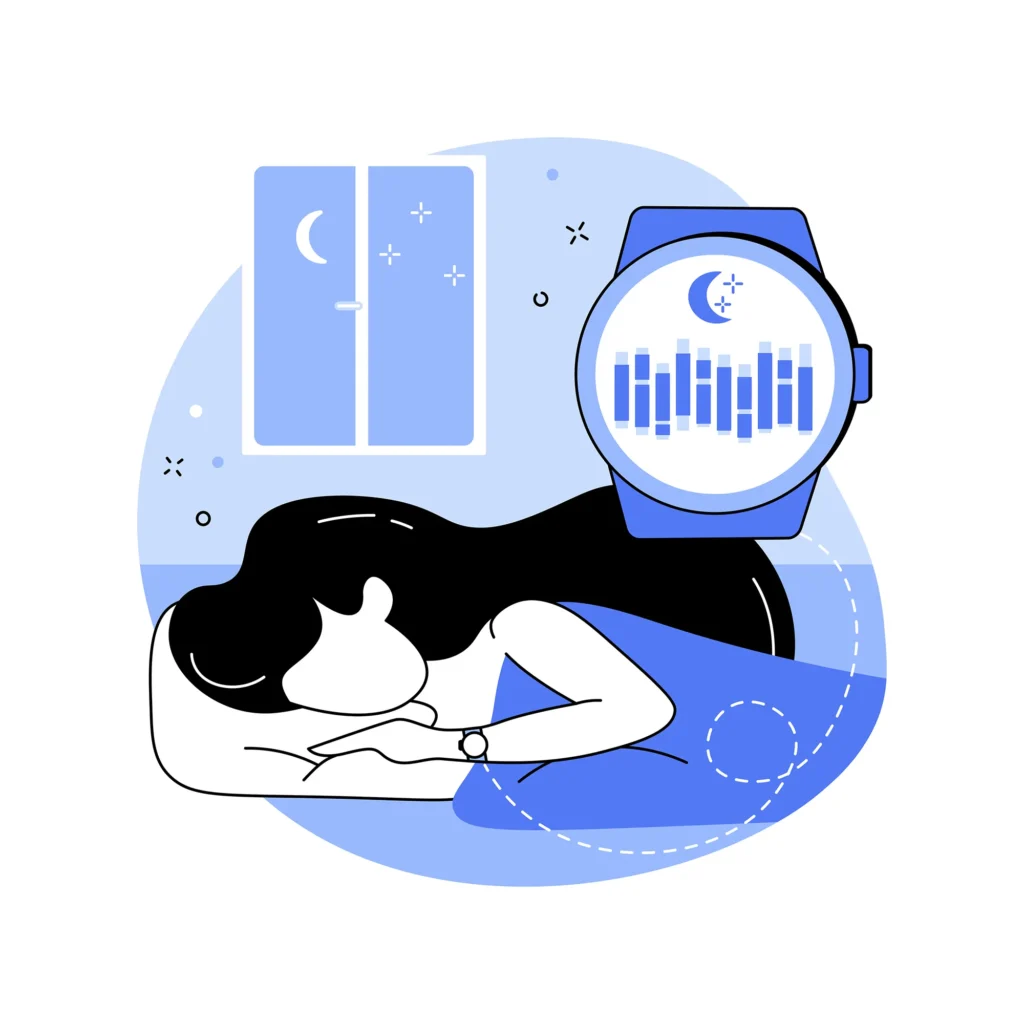Do you struggle to fall asleep at night? Do you find yourself tossing and turning, unable to quiet your mind and drift off into peaceful slumber? If so, you’re not alone. According to the National Sleep Foundation, 50-70 million adults in the United States suffer from sleep disorders, with 30% reporting short-term insomnia and 10% reporting chronic insomnia.

Fortunately, there are natural and effective ways to improve your sleep, and one of them is through soundscapes. In this article, we’ll explore the benefits of soundscapes for sleep and how to build the perfect playlist for a tranquil night’s rest.
Why Soundscapes Are Effective for Sleep
Peaceful Sleep with Sleep Music
Music has been used for centuries as a tool for relaxation and sleep. It has the power to calm the mind, slow down the heart rate, and reduce stress and anxiety. In fact, a study published in the Journal of Advanced Nursing found that listening to music before bed can improve sleep quality in adults with sleep disorders.
When it comes to sleep music, the key is to choose songs with a slow tempo, minimal lyrics, and soothing melodies. Instrumental music, such as classical or ambient, is often the most effective for promoting relaxation and sleep.
The Power of White Noise

White noise is a type of sound that contains all frequencies at equal levels, creating a consistent and soothing background noise. It can help mask disruptive sounds, such as traffic or snoring, and create a calming environment for sleep.
Studies have shown that white noise can improve sleep quality and reduce the time it takes to fall asleep. It works by blocking out sudden changes in sound, which can interrupt sleep and cause you to wake up.
Relaxing Sounds for a Peaceful Mind
Nature sounds, such as rain, ocean waves, and birds chirping, have a calming effect on the mind and body. They can help reduce stress and anxiety, which are common causes of sleep disturbances.
In addition, nature sounds can also help create a peaceful and serene environment for sleep. They can transport you to a tranquil setting, away from the hustle and bustle of daily life, and promote a sense of relaxation and well-being.
Building the Perfect Playlist for Sleep

Now that we understand the benefits of soundscapes for sleep, let’s explore how to build the perfect playlist for a tranquil night’s rest.
Choose the Right Music
When selecting music for your sleep playlist, it’s important to choose songs with a slow tempo, minimal lyrics, and soothing melodies. As mentioned earlier, instrumental music, such as classical or ambient, is often the most effective for promoting relaxation and sleep.
You can also choose songs that have a personal significance to you, such as a lullaby from your childhood or a song that reminds you of a peaceful place. This can help create a sense of comfort and familiarity, which can aid in relaxation and sleep.
Incorporate White Noise
In addition to music, incorporating white noise into your sleep playlist can also be beneficial. You can find white noise tracks on streaming platforms or use a white noise machine. Some popular white noise options include rain, ocean waves, and fan sounds.
If you prefer a more natural approach, you can also use a white noise app that allows you to mix and match different nature sounds to create your own personalized white noise track.
Add Nature Sounds
Nature sounds, such as rain, ocean waves, and birds chirping, can also be incorporated into your sleep playlist. These sounds can help create a peaceful and serene environment for sleep, and transport you to a tranquil setting.
You can find nature sound tracks on streaming platforms or use a nature sound machine. Some popular nature sound options include rainforest, beach, and forest sounds.
Create a Playlist for Different Moods
Not every night is the same, and your sleep playlist should reflect that. Consider creating different playlists for different moods or situations. For example, you may want a more upbeat playlist for nights when you’re feeling restless or anxious, and a more calming playlist for nights when you’re feeling tired and need to wind down.
You can also create a playlist specifically for naps, with shorter and more energizing tracks, or a playlist for meditation and relaxation, with longer and more soothing tracks.
Use a Sleep Timer
To avoid disruptions in your sleep, it’s important to set a sleep timer for your playlist. This will ensure that your music or soundscape doesn’t continue playing all night, potentially waking you up.
Most streaming platforms and white noise apps have a sleep timer feature that allows you to set a specific time for the music or sounds to stop playing. If you’re using a music player, you can also set a timer on your phone or use a physical timer.
Tips for a Better Night’s Sleep
While soundscapes can be a powerful tool for improving sleep, there are also other factors that can contribute to a better night’s rest. Here are some tips to help you get the most out of your sleep playlist:
Create a Relaxing Environment
In addition to soundscapes, creating a relaxing environment can also aid in sleep. This includes keeping your bedroom dark, cool, and quiet, and using comfortable bedding and pillows.
You can also incorporate calming scents, such as lavender or chamomile, into your bedroom to promote relaxation and sleep. Consider using essential oils or a diffuser to disperse the scent throughout the room.
Stick to a Sleep Schedule
Going to bed and waking up at the same time each day can help regulate your body’s internal clock and improve sleep quality. Try to stick to a consistent sleep schedule, even on weekends, to help your body establish a healthy sleep routine.
Limit Screen Time Before Bed
The blue light emitted from electronic devices, such as phones and laptops, can suppress the production of melatonin, a hormone that helps regulate sleep. To avoid this, limit screen time before bed and consider using a blue light filter on your devices.
Practice Relaxation Techniques
In addition to soundscapes, practicing relaxation techniques, such as deep breathing, meditation, or progressive muscle relaxation, can also help calm the mind and promote sleep. Consider incorporating these techniques into your bedtime routine to help you wind down and prepare for sleep.
Remember
Soundscapes can be a powerful tool for promoting relaxation and improving sleep. By building the perfect playlist for your individual needs and incorporating other sleep-promoting techniques, you can achieve a more peaceful and restful night’s sleep. So why not give it a try tonight and see the difference it can make in your sleep quality?




